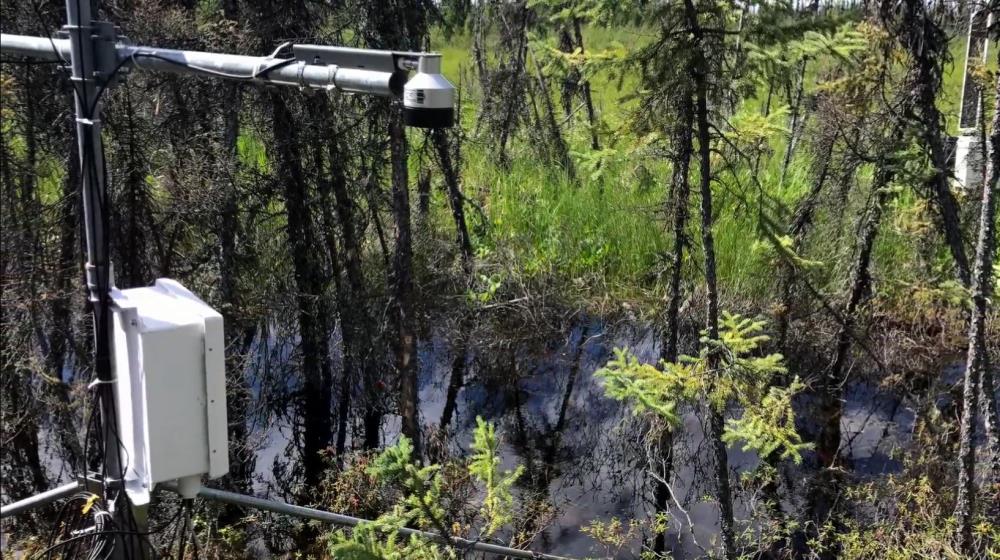
Related items loading ...
Section 1: Overview
Name of Research Project
|
Related Project
|
Part
|
|
GWF-SSSWQM: Sensors and Sensing Systems for Water Quality Monitoring
|
|
|
GWF-TSTSW: Transformative Sensor Technologies and Smart Watersheds
|
|
|
|
|
Program Affiliations
Related Research Project(s)
|
GWF-SSSWQM: Sensors and Sensing Systems for Water Quality Monitoring | |
Dataset Title
Developing a Sensor to Detect Nutrients in Water
Additional Information
Creators and Contributors
|
Carolyn Ren | PI | c3ren@uwaterloo.ca | University of Waterloo |
Pei Zhao | Originator | p37zhao@uwaterloo.ca | University of Waterloo |
Thu L. N. Nguyen | Collaborator | hoanganhtu.nguyen@usask.ca | University of Saskatchewan |
Abstract
In order to build the sensor to detect nutrients in water, capillary microfluidic paper based devices (μPADs) is to be developed. It is a colorimetric detection. μPAD are pre-dropped by reagents that can react with specific nutrients in water to show color change. The color intensity has linear function with the nutrient concentration, then the nutrient concentration can be obtained by measuring the color intensity, by using a camera and image processing. To realize the automated real-time nutrients detection in water areas by using μPADs, there are three steps: 1) to automate sampling from water areas e.g., by using an auto-piptette, or a pump, 2) to automate the nutrients detection using μPADs. Note, that one piece of μPAD can only be used to measure one water sample. A pack of μPADs should be stored to detect a series of water samples; therefore, components should be integrated to automatically transport a μPAD from the storage container to the detection zone under the camera, and move the used μPAD from the detection zone to the waste container. 3) to communicate the measured data to a GSM modem equipped laptop, via SMS, so that researchers using the sensor can easily track in real-time the nutrients level remotely.
A functionalized nylon filter has been developed to remove oil contaminants from water samples, in case the oil interferes with the nutrient detection. This developed nylon filter would be used before the water is detected by using the sensor.
Purpose
The purpose of this research project is to develop a new sensor for detecting nutrients in water, such as nitrate, nitrite, phosphate, ammonium, and silicate and to realize the automated real-time nutrients monitoring in remote water areas, by integrating this to-be-developed sensor into a machine. The sensor would be a capillary microfluidic paper based device. Before the water sample is detected by using the sensor, the water would go through a functionalized nylon filter to remove oil contaminant, in case the oil interferes with the nutrient detection. Note, the initial development of the nylon filter was partially funded by an NSERC Engage Grant. The sensor for this project is developed under the projects titled "Sensor and Sensing Systems for Water Quality Monitoring" and "Transformative technologies for Canadian water futures: big data platform and smart watersheds". These two projects under the Global Water Futures Program funded by Canada First Research Excellence Fund.
Plain Language Summary
Keywords
|
Chemistry |
University of Waterloo Microfluidics Lab |
Citations
Ren, C., Zhao, P., & Nguyen, T. (2019). Developing a Sensor to Detect Nutrients in Water. Waterloo, Canada: Canadian Cryospheric Information Network (CCIN). (Unpublished Data).
Section 3: Status and Provenance
Dataset Version
Dataset Creation Date
Status of data collection/production
Dataset Completion or Abandonment Date
Data Update Frequency
Creation Software
Primary Source of Data
Other Source of Data (if applicable)
Data Lineage (if applicable). Please include versions (e.g., input and forcing data, models, and coupling modules; instrument measurements; surveys; sample collections; etc.)
Section 4: Access and Downloads
Access to the Dataset
Terms of Use
Does the data have access restrictions?
Downloading and Characteristics of the Dataset
Download Links and Instructions
Total Size of all Dataset Files (GB)
File formats and online databases
Other Data Formats (if applicable)
List of Parameters and Variables


 GWFNet
GWFNet Master
Master Data
Data Research
Research Map
Map
 Advanced
Advanced Tools
Tools
 . . .
. . .
 Metadata Editor
Metadata Editor
 Record List
Record List
 Alias List Editor
Alias List Editor
 Legacy sites
Legacy sites